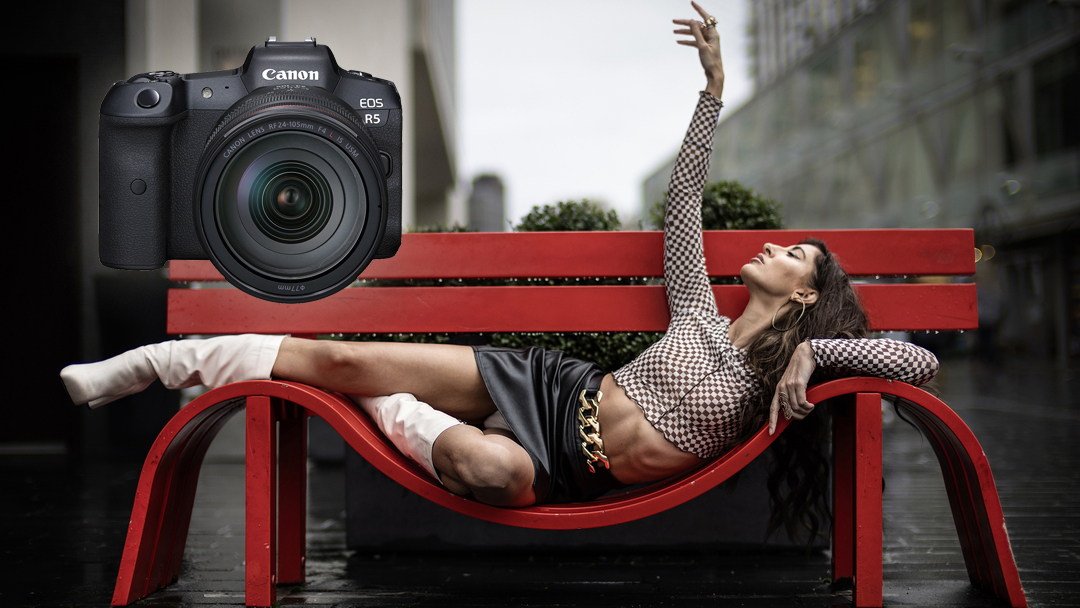The best lenses for wedding photography and event photography: capture the moment
What are the best lenses for wedding and event photography? I pick out some essential options

Weddings are perhaps the most important day in the lives of the participants, but they're pretty important for the photographer to get right too! My guide to the best lenses for wedding photography, and the best lenses for event photography, suggests the best and most versatile lenses to take with you, and the best examples of each for Canon, Nikon, and Sony users.
I asked a lot of wedding and event photographers which lenses they found most useful, and while there was a lot of individual variation, particular types of zoom lens came to the fore.
Which are the best zoom lenses for wedding and event photography?
Why you can trust Digital Camera World
- 70-200mm f/2.8 telephotos: Perfect for portraits and creative background blur
- 24-70mm f/2.8 standard zooms: The ideal ready-for-anything lens to keep on the camera
- 16-35mm f/2.8 wide-angles (or similar): Perfect for the church, reception, and group shots
I've stuck to full frame cameras for this roundup since these are the most popular amongst wedding and events photographers who are most likely doing these jobs on a commercial basis. There's no reason why you shouldn't use an APS-C or MFT camera, but while the quality is fine, you might not get such a wide choice of constant-aperture zoom lenses.
Some of the lenses in this guide are available in more than one lens mount. Make sure you order the right one for your camera.
70-200mm
I've chosen 70-200mm lenses in preference to portrait lenses, and for two reasons. First, zooms let you quickly adapt to different circumstances, subject distances, and backgrounds. Second, at longer focal lengths the background blur can be just as effective, and you have more control over composition and framing.
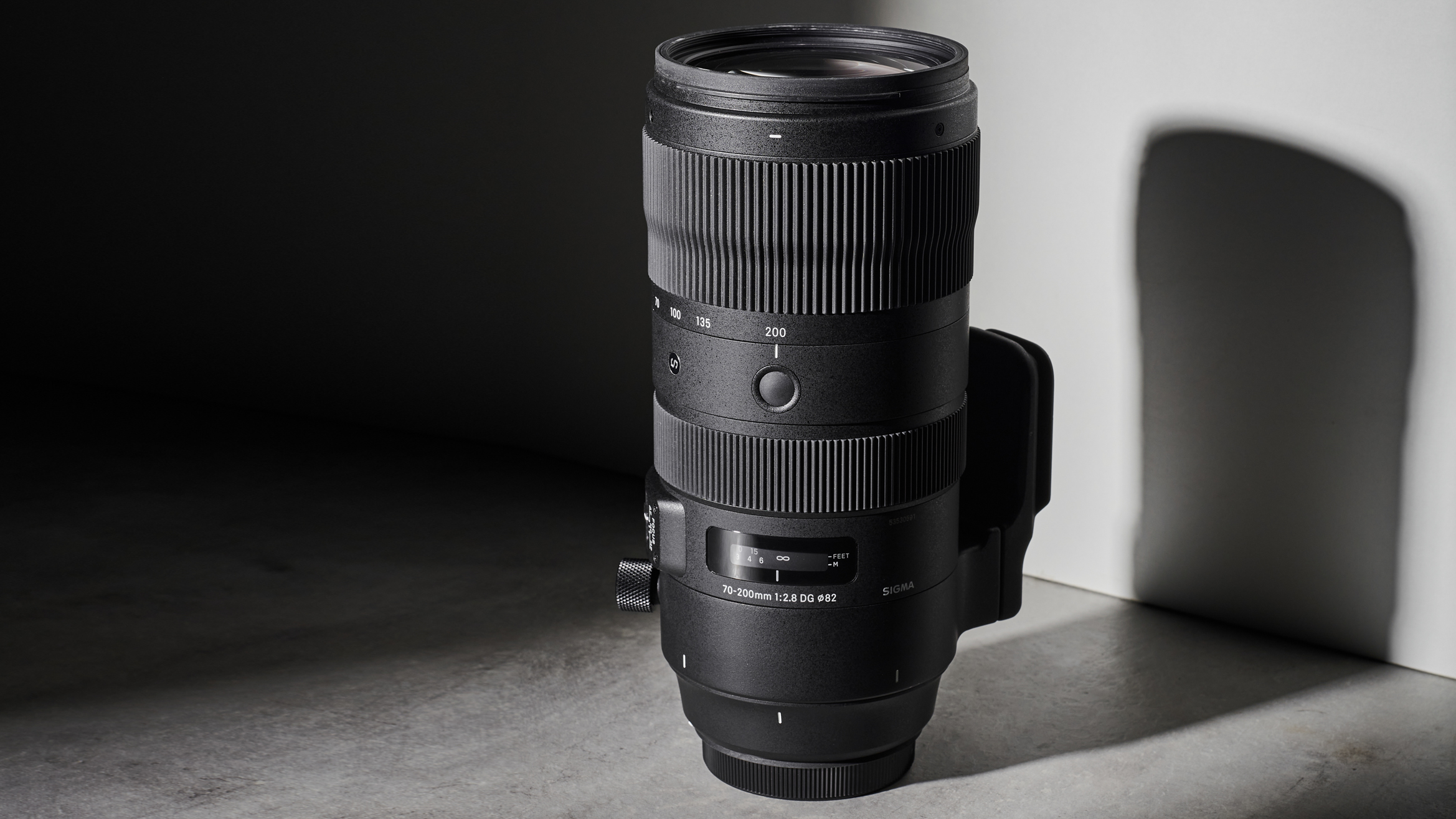
Specifications
Reasons to buy
Reasons to avoid
Launched at the end of 2018, the ‘Sports’ edition of Sigma’s 70-200mm lens delivers fully pro-grade build quality, handling, performance, and image quality at a bargain price. The weather-sealed construction feels rock-solid and the controls include switchable autofocus modes that give priority to AF or manual override, an autofocus range limiter switch, three customizable AF on/hold buttons, and dual static/panning optical stabilization modes.
There are also two switchable custom modes that you can set up with Sigma’s optional USB Dock. The optical path features no less than nine top-grade FLD (‘Fluorite’ Low Dispersion) elements plus one SLD (Special Low Dispersion) element, while the 11-blade aperture diaphragm is particularly well rounded. It’s easily as good as the latest top-flight Canon and Nikon own-brand lenses for DSLRs, if not better, and much less expensive to buy. The only downsides are that it’s a little bigger and heavier, and the tripod mount ring isn’t removable.
Read our full Sigma 70-200mm f/2.8 DG OS HSM | S review
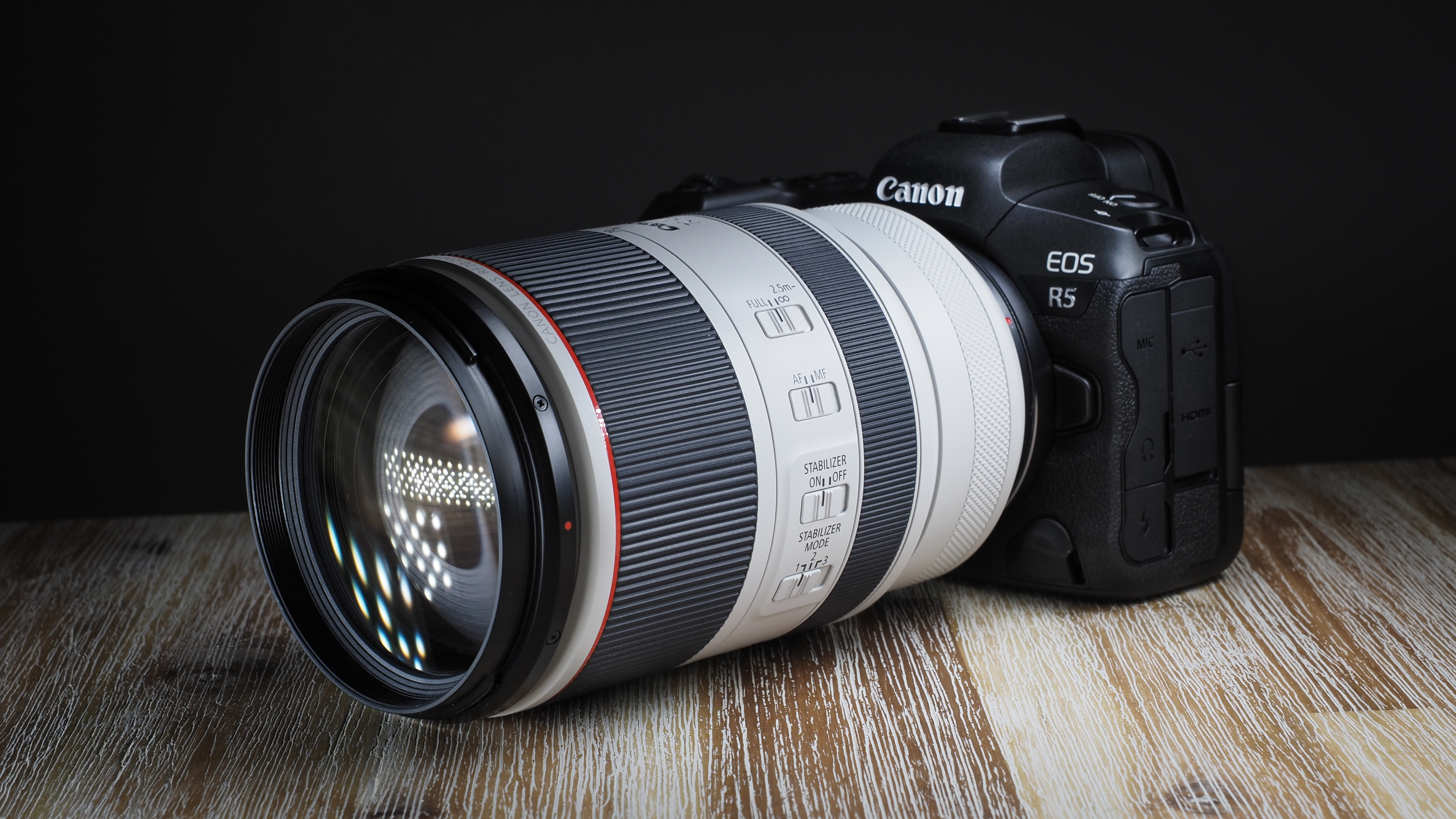
Specifications
Reasons to buy
Reasons to avoid
At little more than half the weight of the Sigma 70-200mm DSLR lens above, this RF-mount zoom for EOS R-series cameras is relatively lightweight and suits the more compact Canon EOS R camera bodies. It’s also much smaller than most 70-200mm lenses, due to having a telescoping rather than fixed physical length. As such, the inner barrel extends at longer zoom settings, which adds the risk of dust being sucked into the lens.
The autofocus system is driven by dual Nano USM motors, for blazingly fast yet virtually silent operation. The image stabilizer is similarly impressive with three operating modes and up to 5-stop effectiveness. All in all, it’s the ideal telephoto zoom for R-series cameras, but it comes with a weighty price tag.
Read our full Canon RF 70-200mm f/2.8L IS USM reivew
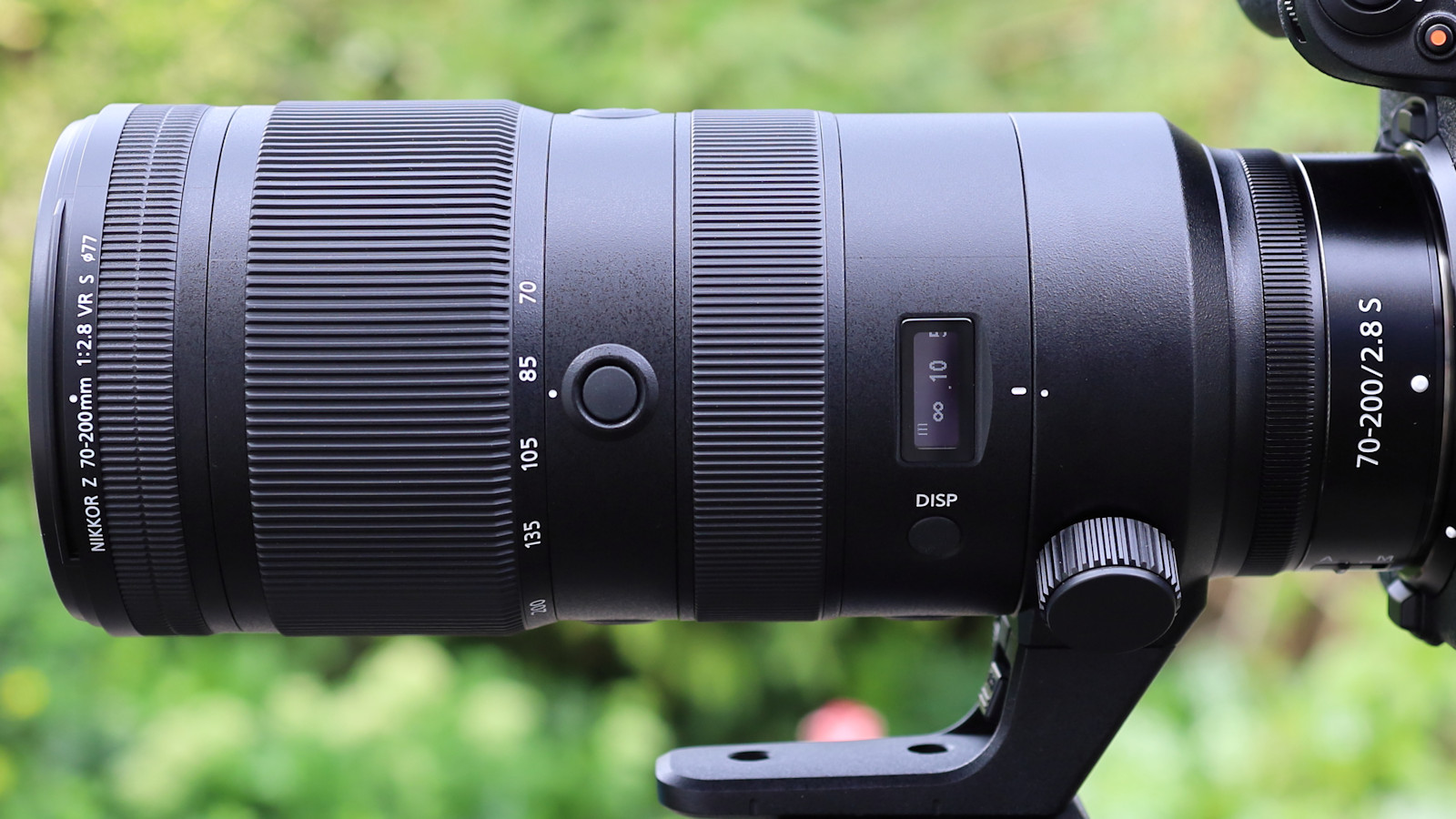
Specifications
Reasons to buy
Reasons to avoid
This Nikon Z mirrorless lens is a perfect choice (well, the only choice) for Nikon Z owners in this category right now. It’s pretty big and heavy but certainly packs a lot in. Fully weather-sealed and with a fluorine coating, it’s built for top-end professional use. Handling is superb, with smooth and precise zoom and focus rings and dual customizable Lens-function buttons.
There’s also a customizable control ring for the likes of aperture and ISO, and an OLED screen for displaying parameters like focus distance, focal length, depth of field, aperture, and ISO. Autofocus is fast for stills and smooth and silent for video capture, while the optical stabilizer has 5-stop effectiveness. As with Canon's own mirrorless 70-200mm f/2.8, you are paying for the privilege of an own-brand lens.
Read our full Nikon Z 70-200mm f/2.8 VR S review
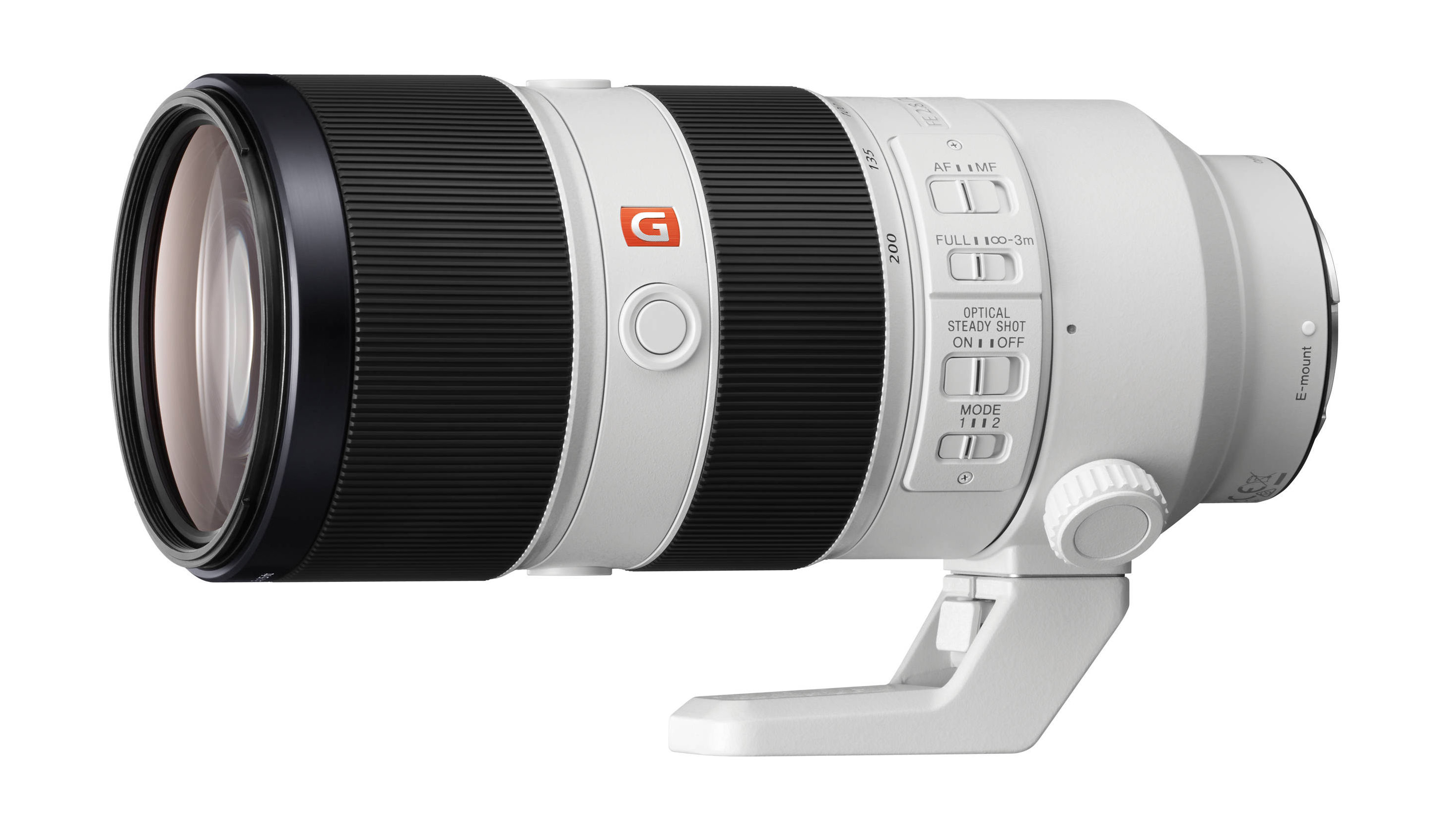
Specifications
Reasons to buy
Reasons to avoid
Like most recent 70-200mm f/2.8 lenses, the Sony has strong build quality with weather seals and a fluorine coating on its front element to repel moisture and grease. High-end features include a complex autofocus system that combines a ring-type ultrasonic drive for a forward group of elements and double linear stepping motors for the rear group.
The aperture diaphragm is similarly well-rounded as in the Sigma 70-200mm Sports lens above, based on 11 blades. Dual-mode Optical SteadyShot is featured but has a relatively disappointing effectiveness, equating to about two f/stops. Even so, it works well in conjunction with the sensor-shift stabilization of Sony’s more recent mirrorless bodies.
Read our full Sony FE 70-200mm f/2.8 GM review
24-70mm
The 24-70mm f/2.8 is the perfect standby lens for wedding and event photographers. It's wide enough for most interiors, yet 'long' enough for impromptu portraits and couple shots. Many will focus close enough for quite small details too, and the constant aperture and pro-grade optics mean you can shoot wide open to combining sharp subjects with defocused backgrounds.
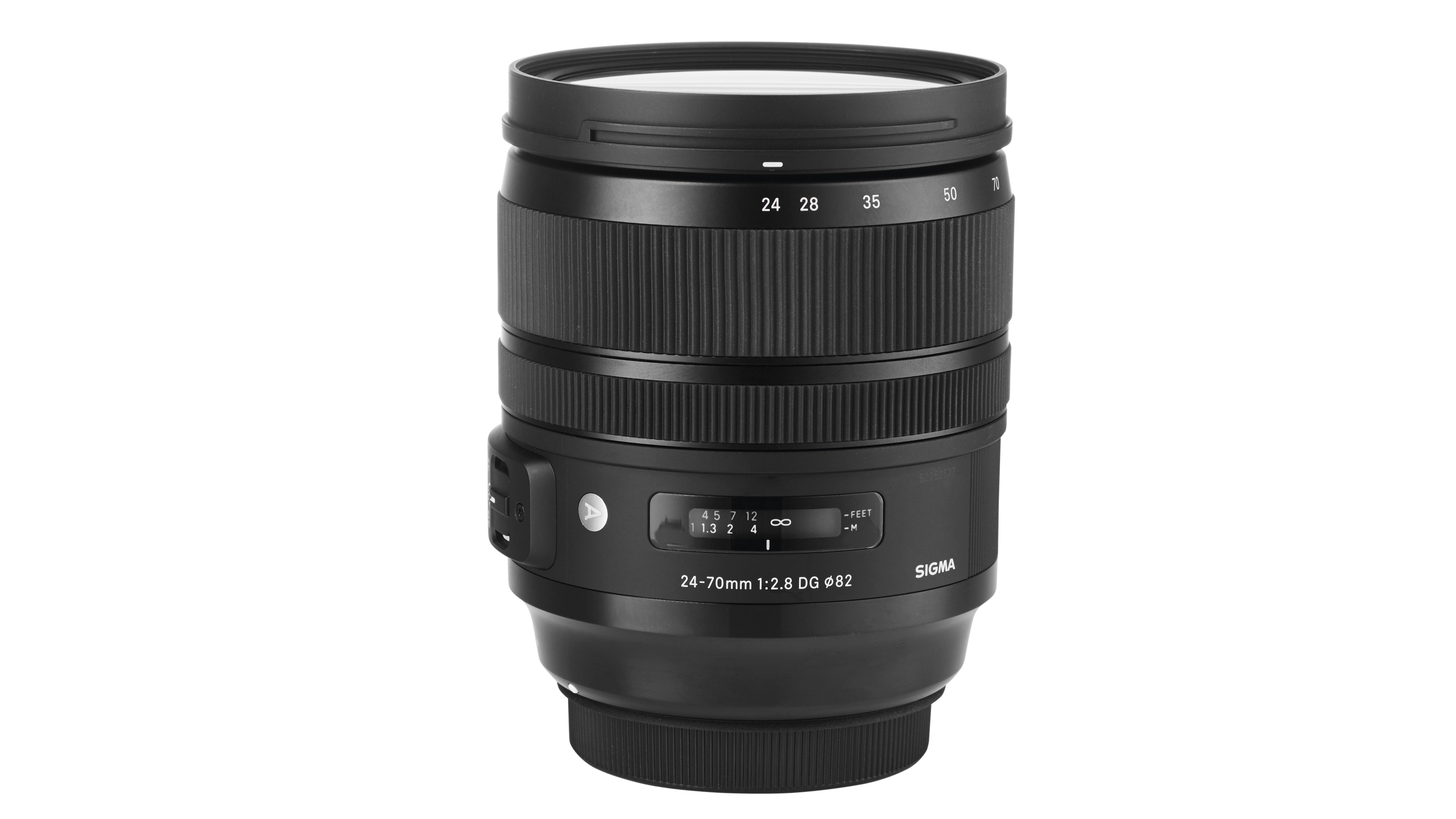
Specifications
Reasons to buy
Reasons to avoid
Sigma’s 24-70mm Art lens for Canon and Nikon DSLRs is solidly built with a metal barrel and a weather-seal gasket on its brass mounting plate. The zoom and focus rings operate with smooth precision, and the ring-type ultrasonic autofocus system is very quick and quiet, as well as featuring switchable modes to give priority to AF or manual override. The lens also features a 4-stop optical stabilizer. Image quality is gorgeous, with superb sharpness and very attractive bokeh, while color fringing, distortions and vignetting are all quite minimal. In-camera corrections are available in the Canon-mount edition of the lens.
A more recent Sigma 24-70mm f/2.8 AF DG DN Art version of the lens is also available for Sony E-mount cameras, but with a rather different optical design and no optical stabilization.
Read our full Sigma 24-70mm f/2.8 DG OS HSM | A reivew

Specifications
Reasons to buy
Reasons to avoid
Canon’s heavyweight RF 28-70mm f/2L USM tips the scales at 1,430g and lacks image stabilization, so we think this 24-70mm zoom is a better fit for wedding and event photography. It has a wider maximum viewing angle, adds highly effective 5-stop stabilization, and is less than two-thirds the weight. Even so, it still feels pretty hefty on a slim-line EOS mirrorless body.
Build quality is up to Canon’s usual L-series standards, complete with comprehensive weather-seals. The optical line-up includes three moulded aspherical elements and three UD elements, plus Air Sphere Coating. Autofocus is courtesy of a super-fast and practically silent Nano USM system. Image quality is fabulous in all respects, with particularly impressive sharpness throughout the entire zoom range.
Read our full Canon RF 24-70mm f/2.8L IS USM review
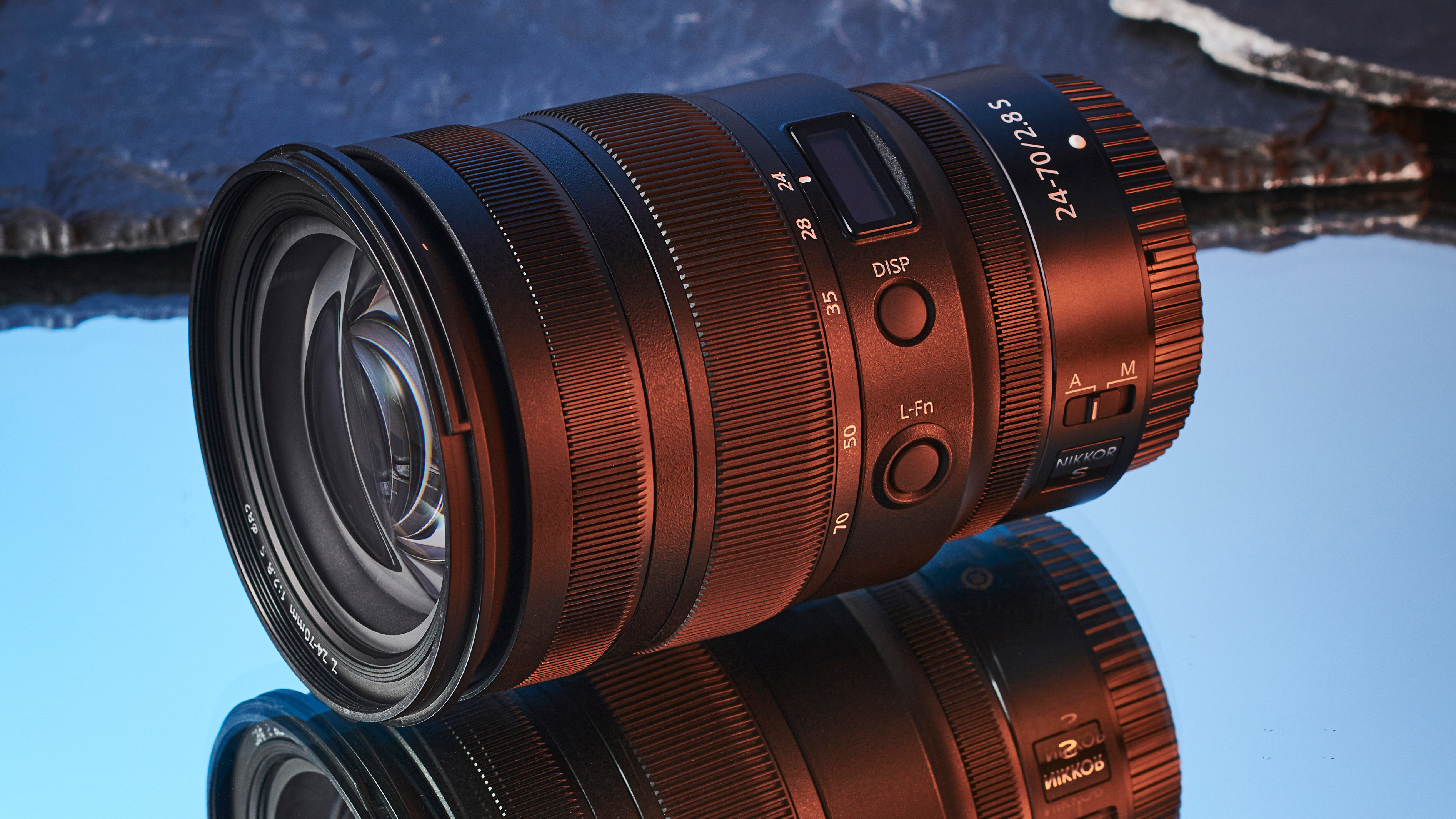
Specifications
Reasons to buy
Reasons to avoid
Nikon’s retractable Z 24-70mm f/4 S shoehorns great image quality and all-round performance into a compact and lightweight build. This more up-market f/2.8 lens goes all-out for refinement, with an additional customisable control ring and a customisable Lens-function button.
An OLED display screen is also featured, which can display the aperture setting, zoom position or focus distance, complete with depth of field indication. The optical path includes four aspherical elements, two ED elements, plus dual Nano Crystal and ARNEO coatings, as well as fluorine coatings front and back. Multiple autofocus actuators boost speed and accuracy. Image quality is spectacular, more akin to a selection of best-in-class prime lenses.
Read our full Nikon Z 24-70mm f/2.8 S review
16-35mm
Wedding and event photography typically combines a variety of styles, from portraits to group shots and from detail shots to big interiors. You don't always know how big (or small) the venue is going to be, where you're going to be able to stand and how far back you can get. An ultra-wide zoom can really get you out of trouble, especially if you need to get a big group shot in a confined space.

Specifications
Reasons to buy
Reasons to avoid
More than just a minor upgrade over the previous version of this lens, the Mark III edition of Canon’s 16-35mm f/2.8L is extensively redesigned. The new optical path gains a large double-surface GMo (Glass Moulded) aspherical element at the front, adding to two UD (Ultra-low Dispersion) elements and a ground aspherical element at the rear.
High-tech coatings include both SWC (SubWavelength Coating) and ASC (Air Sphere Coating) for greater resistance to ghosting and flare, and fluorine coatings are added to the front and rear elements. Image quality is excellent with a noticeable improvement in sharpness from previous editions of the lens, particularly towards the edges and corners of the frame – especially useful when capturing venues and interiors.
Read our full Canon EF 16-35mm f/2.8L USM III review

Specifications
Reasons to buy
Reasons to avoid
Extensive weather-seals and robust build quality make this a pro-grade lens, and it’s packed with sophisticated features. Two XA (eXtreme Aspherical) elements in the optical path combine to deliver excellent sharpness with super-smooth bokeh, the latter being retained when stopping down a little, helped by a particularly well-rounded 11-blade diaphragm.
Nano AR Coating is applied to minimize ghosting and flare. The high-tech autofocus system is based on two DDSSM (Direct Drive SuperSonic Motor) actuators which work independently to drive separate groups of elements. Autofocus is very rapid for stills while enabling smooth, near-silent focus transitions during movie capture. Handling is enhanced by the inclusion of a customisable focus-hold button. All in all, it’s yet another inspiring but pricey G Master lens from Sony. There is a cheaper and wider 12-24mm f/4 if this isn't wide enough!
Read our full Sony FE 16-35mm f/2.8 G review
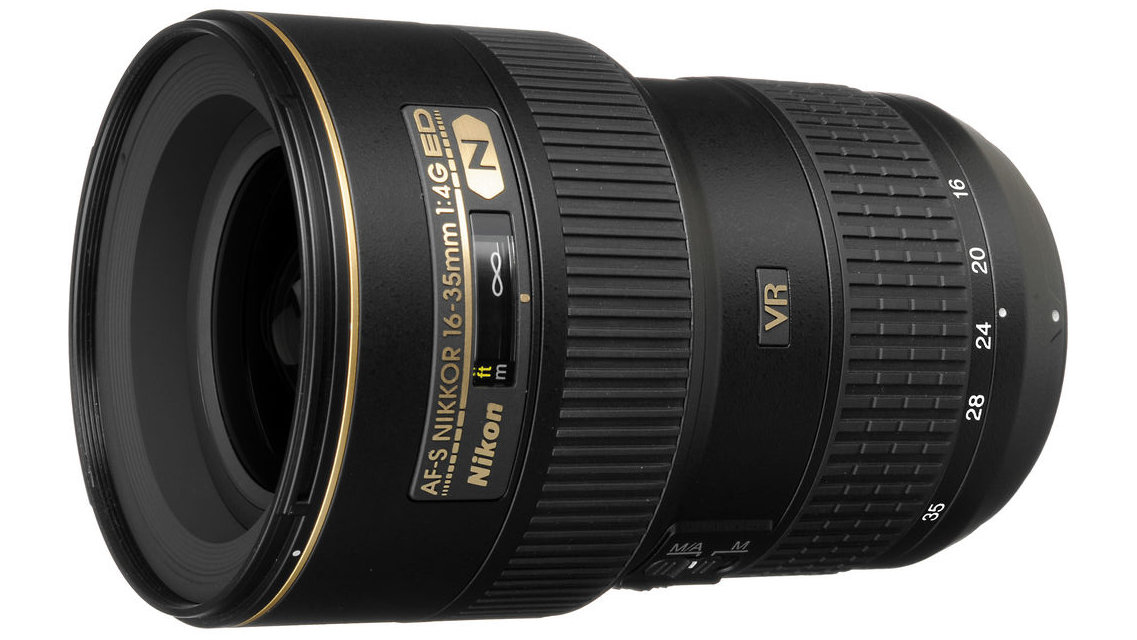
Specifications
Reasons to buy
Reasons to avoid
Nikon’s AF-S 14-24mm f/2.8G ED is a highly popular fast wide-angle zoom but the 16-35mm can work better for weddings and events. It doesn’t go quite as wide but stretches to a longer and highly useful 35mm focal length. Another major bonus is the addition of optical stabilization, albeit with a modest 2.5-stop effectiveness. Also unlike the 14-24mm lens, this one has a detachable lens hood which enables the inclusion of a 77mm attachment thread for the straightforward fitment of filters.
Two ED (Extra-low Dispersion) elements boost sharpness and contrast while reducing colour fringing, and Nano Crystal coat is on hand to minimize ghosting and flare. Build quality feels very solid and the mounting plate features Nikon’s usual rubber weather-seal gasket. All in all, it’s a very good and practical buy at an attractive price.
Read our full Nikon AF-S 16-35mm f/4G ED VR review
Lab data and comparisons
The graphs below show the comparative performance of the lenses in this guide, based on our in-house lab tests. The Nikon Z 24-70mm and Z 70-200mm f/2.8 are the best of the bunch for sharpness. The Sigma 24-70mm f/2.8 and Nikon AF-S 16-35mm f/4 for DSLRs bring up the rear but I’ve found that they’re capable of delivering very sharp images in ‘real world’ shooting. Automatic in-camera corrections are available for color fringing and distortions, across the board.
Scores for sharpness and color fringing are averaged from data taken across the entire image frame, from the center to the edges and corners, throughout the aperture range. For zoom lenses, the scores are also averaged from data measured at all marked focal lengths, and the same applies to distortion. Bear in mind that these average values don't fully reflect specific areas of performance. For example, a zoom lens might have noticeable barrel and pincushion distortion at its shortest and longest focal lengths respectively, which tends to average out when looking at the data overall. For more detailed graphs of each lens's performance, which give the full picture, check out the graphs in our full standalone lens reviews.
How we test lenses
We test lenses using a mix of both real world sample images and lab tests. Our lab tests are carried out scientifically in controlled conditions using the Imatest testing suite, which consists of custom charts and analysis software that measures resolution in line widths/picture height, a measurement widely used in lens and camera testing. We find the combination of lab and real-word testing works best, as each reveals different qualities and characteristics.
The best camera deals, reviews, product advice, and unmissable photography news, direct to your inbox!
Matthew Richards is a photographer and journalist who has spent years using and reviewing all manner of photo gear. He is Digital Camera World's principal lens reviewer – and has tested more primes and zooms than most people have had hot dinners!
His expertise with equipment doesn’t end there, though. He is also an encyclopedia when it comes to all manner of cameras, camera holsters and bags, flashguns, tripods and heads, printers, papers and inks, and just about anything imaging-related.
In an earlier life he was a broadcast engineer at the BBC, as well as a former editor of PC Guide.

